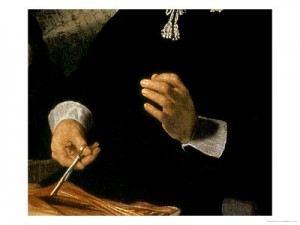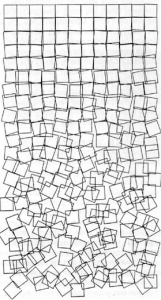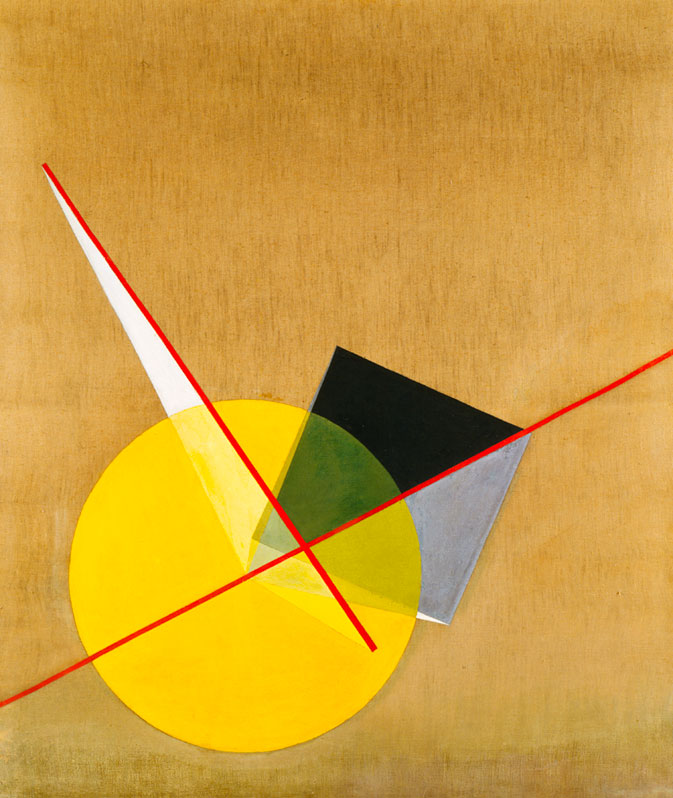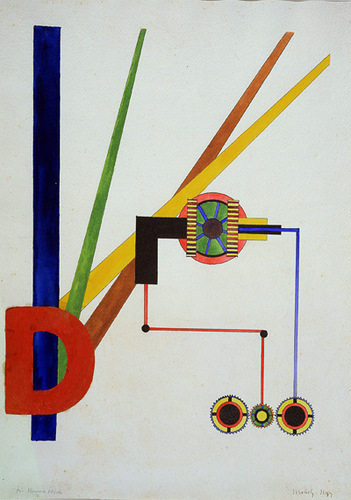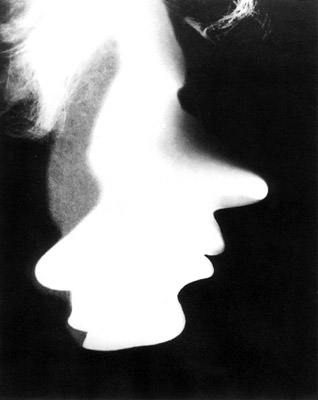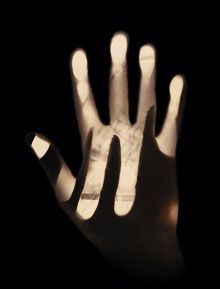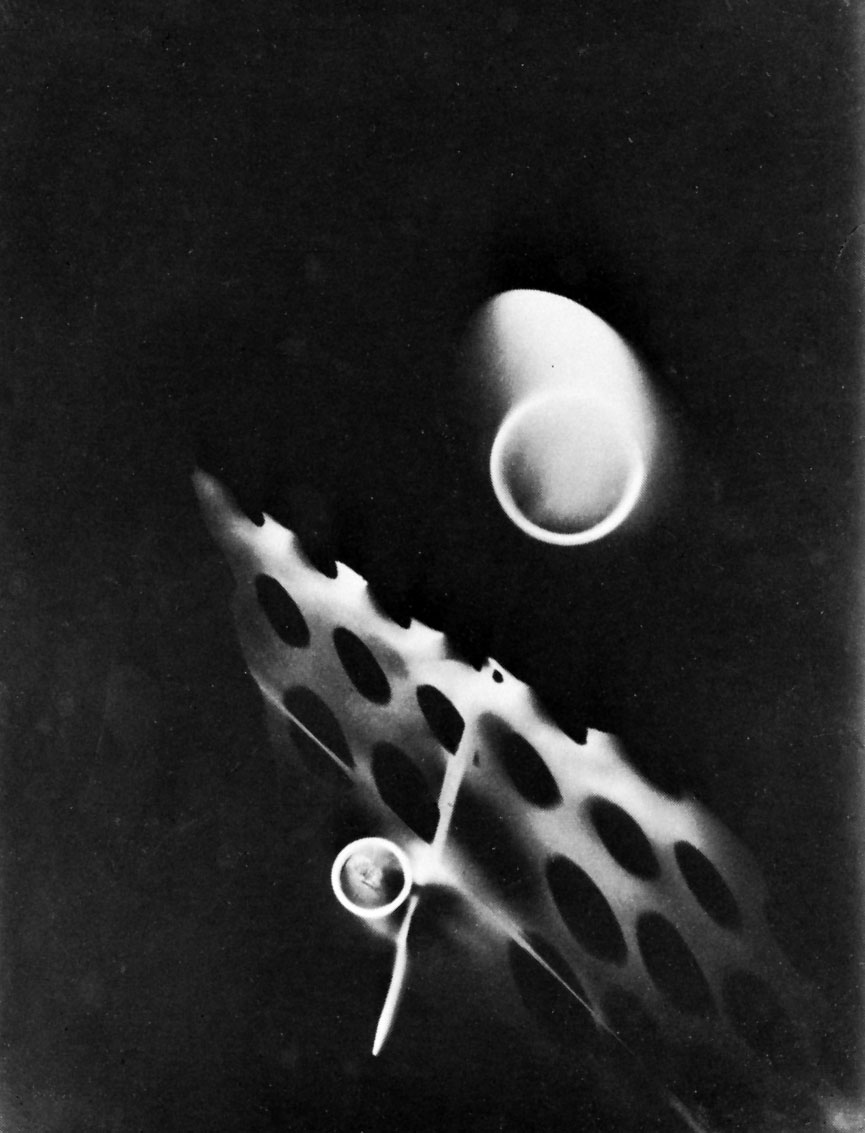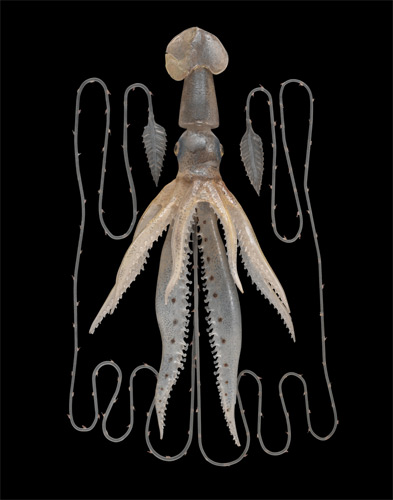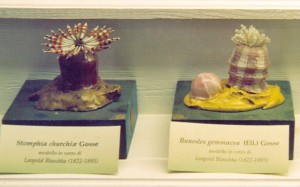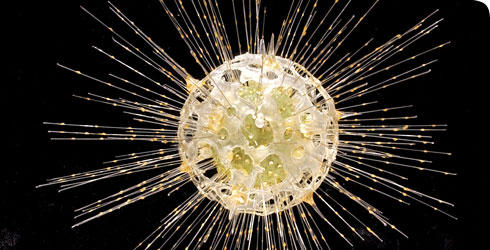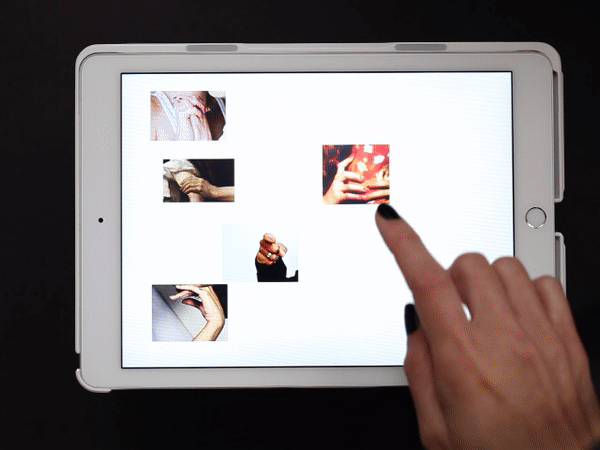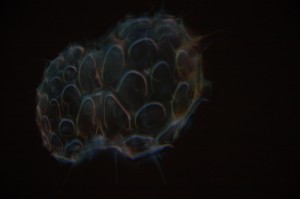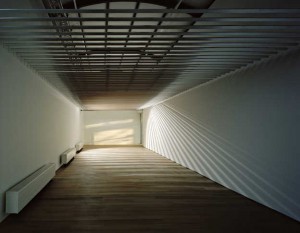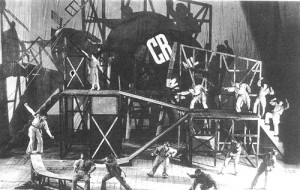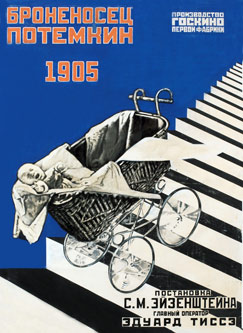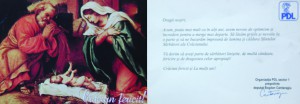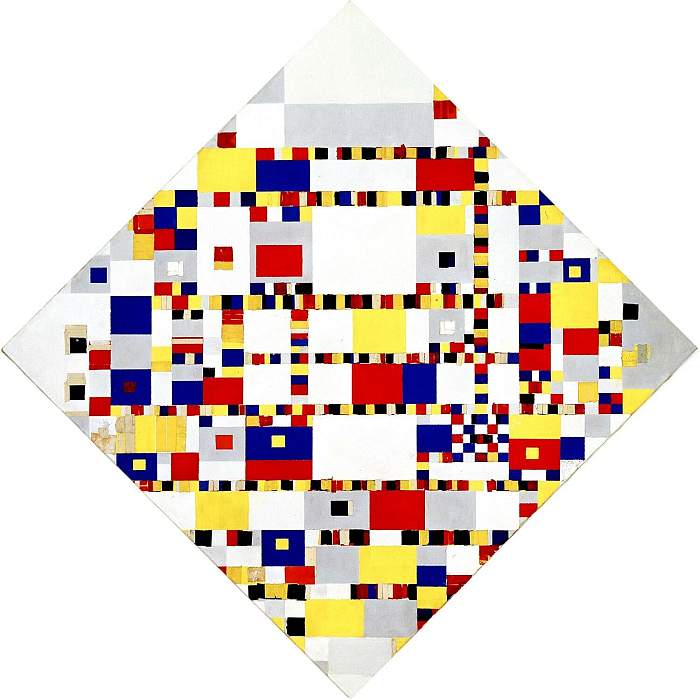Due to sickness, I was not able to attend the excursion to “Beauty in Science” in Museum Boijmans Van Beuningen. The name of the exhibition though really triggered my interest but I had heard some rumors that ‘checking the web page of the museum would not be any different from paying the exhibition a visit’. I had a look at the Boijmans website and classmates’ contributions on our design blog and I came quickly to the conclusion that the rumors were likely to be true. I had hoped for stuffed animals, old education books, fascinating scientific tools from out of space and paintings as ‘The anatomy lesson of Dr. Nicoleas Tulp’ – things that I had seen on my favorite floor of the beautiful Naturalis (Leiden) very often and that inspired me every time I had visited this museum. And though I don’t need stuffed animals and fetuses in jars every time I visit something science related – I’m also very open for new experiences – the things I saw on the website were pretty dissapointing and above all, nothing new. Something on the web page of “Beauty in Science” says it all, actually:
In his essay Hans Galjaard writes about how he was moved by a film of 4D ultrasound images of the development of the human foetus made by the gynaecologist Stuart Campbell. This was the beginning of his plan to collect aesthetically pleasing scientific images. In his quest for images he has asked many researchers if they have also experienced such a moment of overwhelming beauty – a so-called ‘Stendhal moment’ – but this was not the case.
So how should we experience this ‘overwhelming beauty’ if even the researchers who contributed footage for the exhibition did not feel anything of this themselves?
